Today's core language
Qualcomm's new technology or landing in China, want to break the wired and wireless boundaries. The commercialization of LTE-U and LTE-Direct, which Qualcomm considers as “core technologyâ€, is about to break. The former can realize 4G network deployment on unlicensed spectrum, and the latter is an end-to-end communication technology - a new breakthrough compared to existing communication systems. Qualcomm CEO Derek Aboli recently revealed to the "First Financial Daily" and other media that the LTE-U network will begin commercial deployment early next year, and some operators, such as North American mobile operator Verizon, have deployed LTE-U. Expressed interest. For more information on technology, please pay attention to the daily electronic core morning newspaper.

First, communication news
1. Qualcomm's new technology or landing in China, want to break the wired and wireless boundaries. The commercialization of LTE-U and LTE-Direct, which Qualcomm considers as “core technologyâ€, is about to break. The former can realize 4G network deployment on unlicensed spectrum, and the latter is an end-to-end communication technology - a new breakthrough compared to existing communication systems. Qualcomm CEO Derek Aboli recently revealed to the "First Financial Daily" and other media that the LTE-U network will begin commercial deployment early next year, and some operators, such as North American mobile operator Verizon, have deployed LTE-U. Expressed interest.
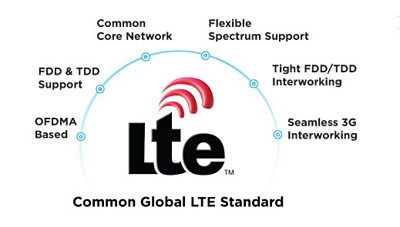
Second, the Internet of Things
1. Huawei first publicized the “1+2+1†Internet of Things strategy. Not surprisingly, the next Red Sea of ​​the mobile Internet will erupt in the Internet of Things era. In this regard, after more than two years of painstaking research, Huawei first disclosed its strategy in the Internet of Things, namely the “1+2+1†strategy. Xu Wenwei, President of Huawei Strategy MarkeTIng, said in an interview with Tencent Technology at Huawei 2015 Network Conference that the first "1" in the "1+2+1" strategy refers to a platform. Huawei wants to establish an IoT platform and collect it centrally. After managing and processing the data, it is open to partners and industries. Based on the platform, industry partners can develop applications. Huawei's traditional advantage is network access, including wired access and wireless access, which is "2"; the last "1" is Huawei's new lightweight Internet of Things operating system LiteOS.
2. Tencent released the QQ IoT card to lower the threshold for smart device development. On May 21st, at the IoT Innovation Cooperation Conference in Shenzhen, Tencent QQ IoT and China Unicom officially launched the "Wo·QQ IOT card." The card is a communication module based on the USIM card wireless network. After any device is embedded in the communication module, it can directly access the QQ IoT platform to realize audio and video, data transmission between the mobile phone and the device and between the device and the device, and various Internet service. WoQQQ ICON is a mobile device integrated research and development program for intelligent hardware and the Internet of Things industry, through the "communication module + USIM card + traffic + Tencent QQ IOT hardware open platform", to create a convenient network for intelligent hardware devices. Access to hardware and software solutions.
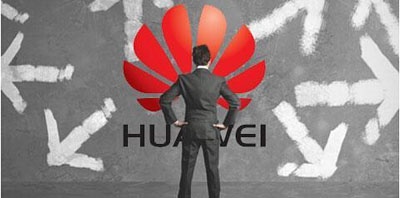
Third, the processor
1, test exposure: Helio X20 operating temperature is lower than Snapdragon 810 . According to a recent internal test file from MediaTek, the Helio X20 is running at a much lower temperature than Qualcomm's current flagship SoC (system-on-chip) Snapdragon 810. Before looking at this report in detail, we need to be clear that this report is from MediaTek, so it is not yet certain about its accuracy. The Helio X20 is MediaTek's first 10-core mobile SoC, which is becoming a weapon for the company to enter the mid to high-end market. Compared to the Snapdragon 810, the Helio X20 is not only aimed at the flagship market in terms of specifications, but many manufacturers can't wait to install the SoC on the latest flagship models.
2, ARM: The smart machine market is heating up, and the chip design progress needs to be faster. ARM CEO Simon Segars said in an interview this week that chip makers need to launch new processors faster because of the fierce competition in the smartphone and tablet market. Following Apple's pace, vendors such as Samsung and HTC are also launching their flagship models once a year, attracting consumers with better displays, faster chips or more memory. In this regard, Sigas said that because ARM-designed microprocessors are used by most devices, companies must launch higher-performance and lower-power chips faster.
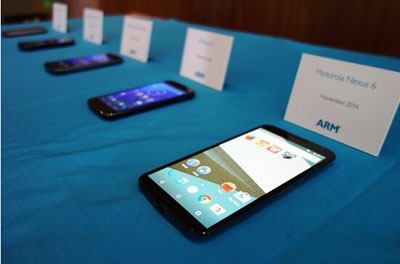
Fourth, intelligent hardware
1, Foxconn will receive most iPhone 6s orders, exclusive OEM large screen iPad Pro. Beijing time on May 22, according to Taiwan media reports, KGI analyst Guo Mingchi predicted in a research report that Foxconn will receive 60% to 70% of the next generation Apple iPhone 6s (tentative name) orders, and Exclusive foundry 12.9-inch large screen version of the iPad Pro (tentative name). Guo Mingchi said that Foxconn has a higher yield on iPhone production and is expected to receive most orders for new Apple phones. He said that the iPhone 6s is expected to be released in August, one month ahead of the widely anticipated time.
2, the British development tanks drones mixed blood, the heavens into the ground are not to mention. A cross-border machine developed by British inventor Wittold-Milnezek to combine drones with tanks. The mixed-race is called "B-Unstoppable" and is the world's first tank-four-rotor aircraft hybrid. The B-Unstoppable is equipped with four thrusters for generating lift and two Caterpillar tracks for all terrains.
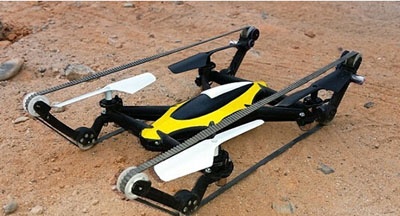
Five, fast charging
1. Dead Qualcomm? MediaTek released fast charging technology. To further increase the charging speed, Qualcomm supports QuickCharge 2.0 with devices that are equipped with Qualcomm's Opteron 8xx series chips. Another giant in the mobile phone chip space is MediaTek, which has sparked a cheap smartphone revolution – lower-priced chips that reduce smartphone costs without sacrificing performance. But so far, phones equipped with MediaTek chips still lack the fast charging technology similar to QuickCharge. According to the phoneArena website, fortunately, MediaTek noticed this deficiency and released a technology similar to QuickCharge: Pump Express Plus. MediaTek's fast charging technology supports its latest chips, including the high-performance MT6595 and the inexpensive MT6732. It is reported that Pump Express Plus can increase the charging speed by 45% compared with the traditional charger. phoneArena is not yet clear about the details of how it works.
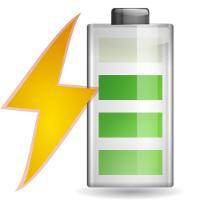
Six, robot
1. Robot news editor: There is speed, no content. On May 21st, artificial intelligence has not been realized, and robot news editors have already shown their heads. These machine editors are said to help people save time in selecting and editing news reports, but can they really replace human editing? It depends on how you define "alternative". An automatic writing software called WordSmith is undoubtedly the fastest writer of short news, and an article can be generated in two minutes. It is a pity that no one wants to read an article written by a robot.
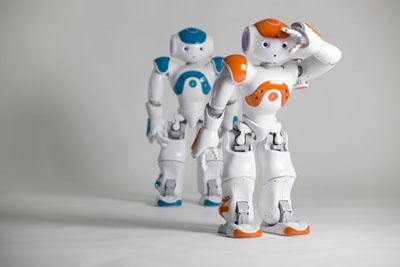
Outdoor Cabinet,White Outdoor Rainproof Control Cabinet,Small Outdoor Rainproof Control Cabinet,Anti-Corrosion Outdoor Rainproof Cabinet
Shenzhen Jingtu Cabinet Network Equipment Co., LTD , https://www.jingtujigui.com